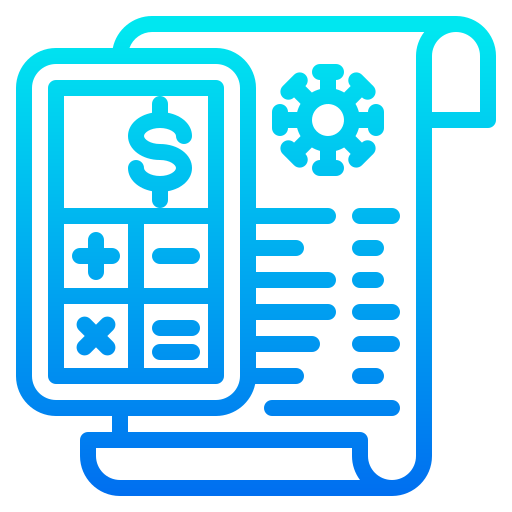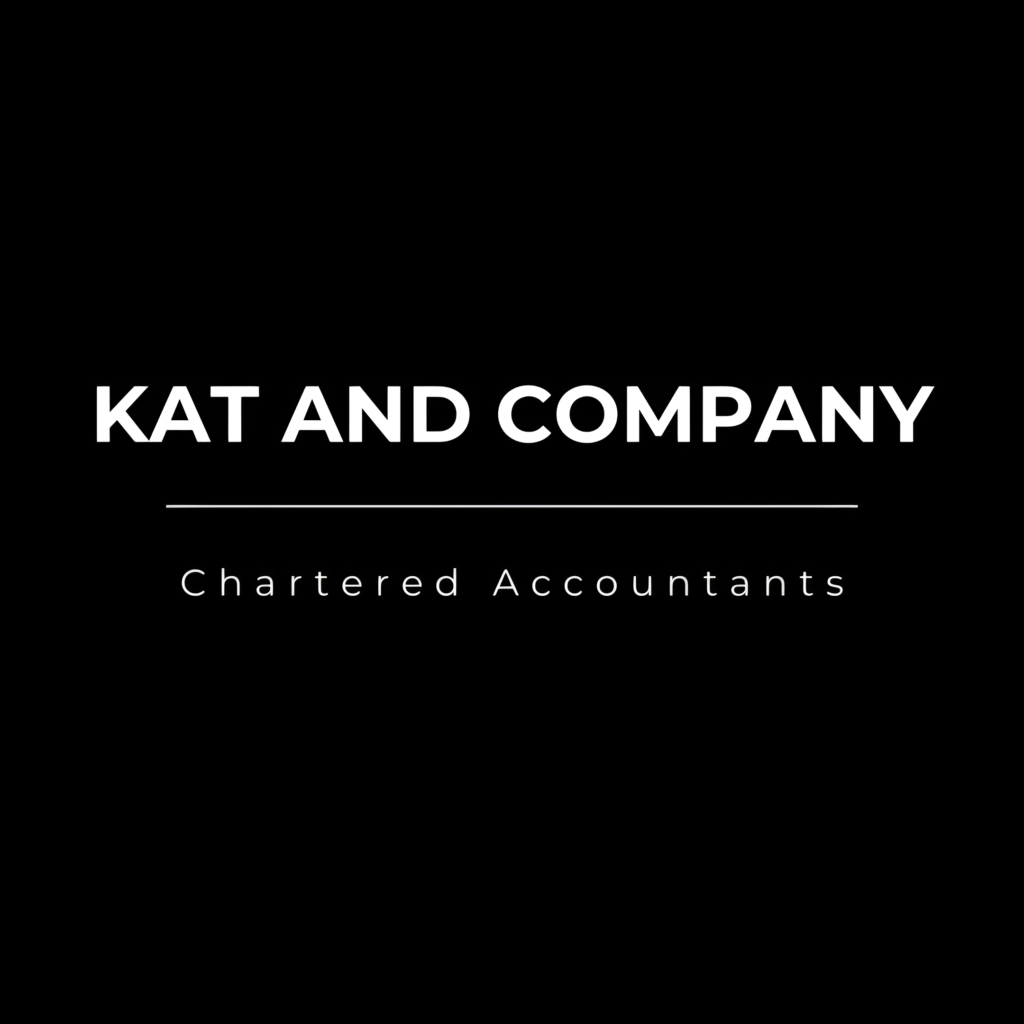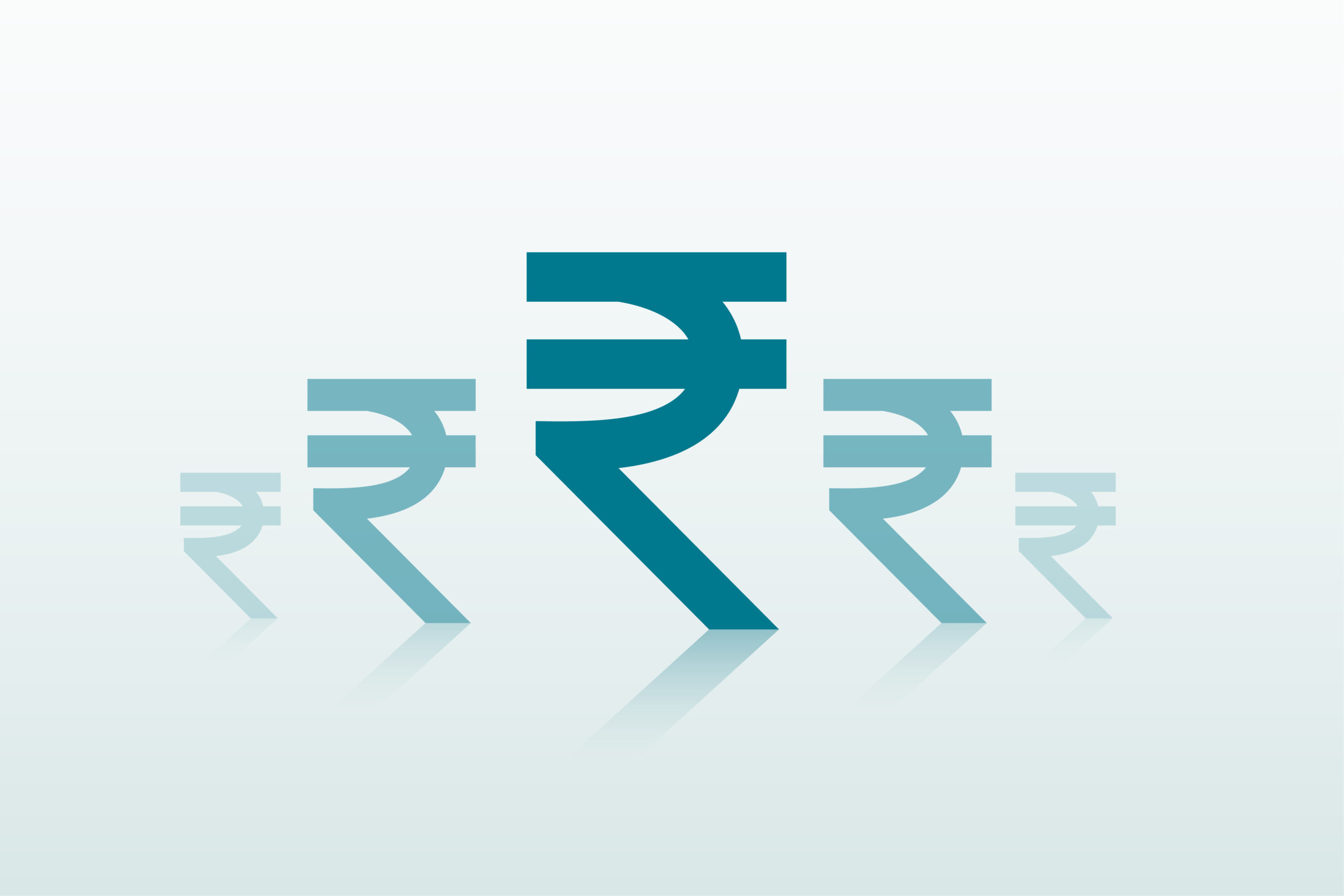From 22 September 2025, India’s GST Council will roll out one of the most significant tax revisions in recent years. Several goods that previously attracted the highest 28% GST slab will now fall under the 12% bracket, giving much-needed relief to industries and consumers alike. For SMEs, staying updated with these changes through the right GST advisory services is crucial to remain compliant and competitive in the evolving market.


Before vs After Table: Key GST Rate Shifts
| Category | Before (Up to 21 Sept) | From 22 Sept 2025 |
|---|---|---|
| Ultra-High Temp Milk, Paneer | 5% | 0% — VAT-free essentials (Indiatimes) |
| Life-Saving Medicines & Health Premiums | 5%–12% | 0% — completely exempt (Indiatimes, Reuters) |
| Instant Noodles, Chocolates, Butter, etc. | 12%–18% | 5% — everyday snacks (Indiatimes) |
| ACs, TVs, Dishwashers, Refrigerators | 28% | 18% — household electronics (Indiatimes, Reuters) |
| Small Cars (<1200cc), Bikes (<350cc) | 28% | 18% — more affordable autos (Indiatimes, Reuters) |
| Economy Airfare & Budget Hotels | 12% | 5% — travel eased (Navbharat Times) |
| Business Class Airfare | 18% | 12% — business travel eased (Navbharat Times) |
| Luxury/Sin Goods (e.g., Yachts, Tobacco) | 28% + Cess (~40%) | 40% Demerit-style rate (Indiatimes, Financial Times) |
Why SMEs Should Care About These Reforms

Better Pricing Power
Lower GST rates on essentials and appliances—like milk, paneer, home appliances, and travel—are set to drive down consumer prices, raising demand. Even premium smartphones are expected to become more affordable.

Streamlined Tax Structure
With the previous 5%, 12%, 18%, and 28% slabs being rationalized into two main rates (5% & 18%), plus a new 40% category, SMEs benefit from reduced compliance complexity.

Fiscal Stimulus
The reforms are aimed to energize consumer spending ahead of Navaratri and Diwali, with expectations that easier taxation will support inflation control and economic revival.
How SMEs Can Prepare — Smart Moves for Strategic Advantage
- Revise Pricing Models: Adjust product prices to reflect lower rates while balancing margins.
- Update Invoicing & IT Systems: Ensure billing reflects proper GST slabs to boost input credit claims.
- Ramp Up Inventory Around Essentials: Capitalize on falling rates in fast-moving categories like staples or appliances.
- Watch Out for Exceptions: Sin goods and luxury items are sticking to the high 40% rate — plan accordingly.
Businesses can explore our GST Advisory Services for detailed guidance on compliance and filing, KAT and Company’s GST services guide you through rate changes, GSTN compliance, and strategic tax planning for SMEs, especially around regions like Noida and Delhi NCR.


